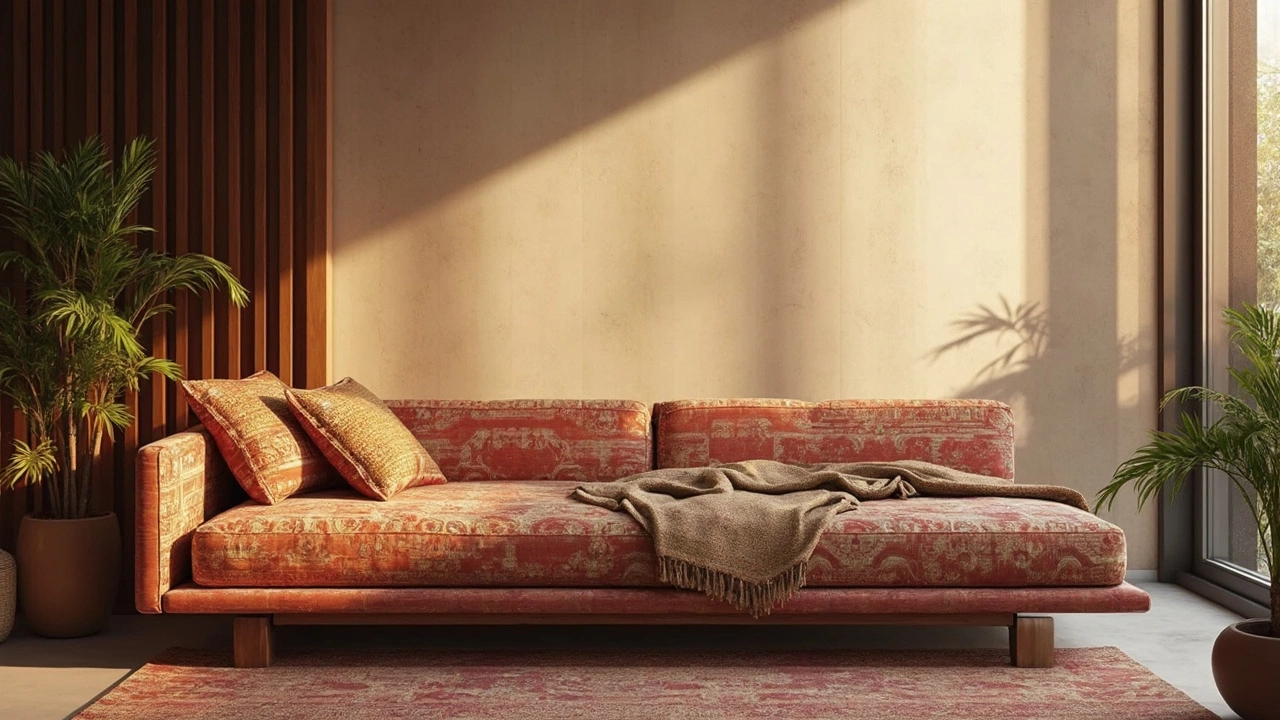Health Tips for a Cleaner, Safer Home
Living in a comfortable space isn’t just about style; it’s also about staying healthy. From hidden mold in storage units to bed bugs hiding in wicker furniture, the little things can affect your well‑being. Below are practical steps you can take right now to protect your family and your couch.
Stop Mold Before It Starts
Mold loves damp, dark corners. If you store furniture in a basement or a garage, make sure the area is dry and well‑ventilated. Use a dehumidifier during rainy seasons and wipe down any condensation on walls or windows. A quick spray of a vinegar‑water mix on shelves can kill spores before they spread. Remember: the fresher the air, the fewer allergens you’ll inhale.
Keep Bed Bugs Out of Your Furniture
Wicker pieces look great, but their tiny gaps are perfect hide‑outs for bed bugs. Inspect outdoor furniture before bringing it inside—look for tiny dark spots and shed skins. If you spot anything, treat the item with heat (above 120°F) or use a professional heat‑treatment service. Regularly vacuum upholstered sofas and rugs, then seal the vacuum bag to prevent re‑infestation.
Besides wicker, any soft material can host bugs. Slip a mattress encasement on your sofa when you have guests staying over, and wash couch covers in hot water weekly. Simple habits like these cut down on pest problems without expensive exterminators.
Another health‑linked issue is how you store your furniture. When moving a couch into a 10x10 storage unit, measure both the couch and the doorways first. Place the sofa upright, use furniture pads, and keep it away from the walls to allow air flow. This prevents scratches and mold, keeping the piece fresh for years.
Finally, think about ergonomics. A sagging sofa can cause back strain, especially if you work from home. Choose a couch with a sturdy frame and high‑density foam. Add a lumbar pillow if the seat feels too soft. Small tweaks like adjusting the cushion height can make a big difference for your posture.
Staying healthy at home boils down to a few easy habits: control moisture, watch for pests, store wisely, and pick furniture that supports your body. Follow these tips and you’ll enjoy a space that looks good and feels good, too.
Do Doctors Recommend Recliners? What You Should Know
Wondering if your doctor would actually suggest getting a recliner? This article breaks down what medical experts think, the benefits and risks, and how to get the most out of your chair for your health. Find out which types help with pain, why body position matters, and what to look for if you're buying one. Get honest facts and handy tips without any fluff.
Are Sofa Beds Actually Good for Your Health?
Sofa beds have come a long way from their bulky and uncomfortable predecessors. Modern designs blend functionality and aesthetics, but are they good for your health? We'll explore if they support quality sleep and ergonomics. Understanding the type of mattress and frame can make these versatile pieces a good option.






